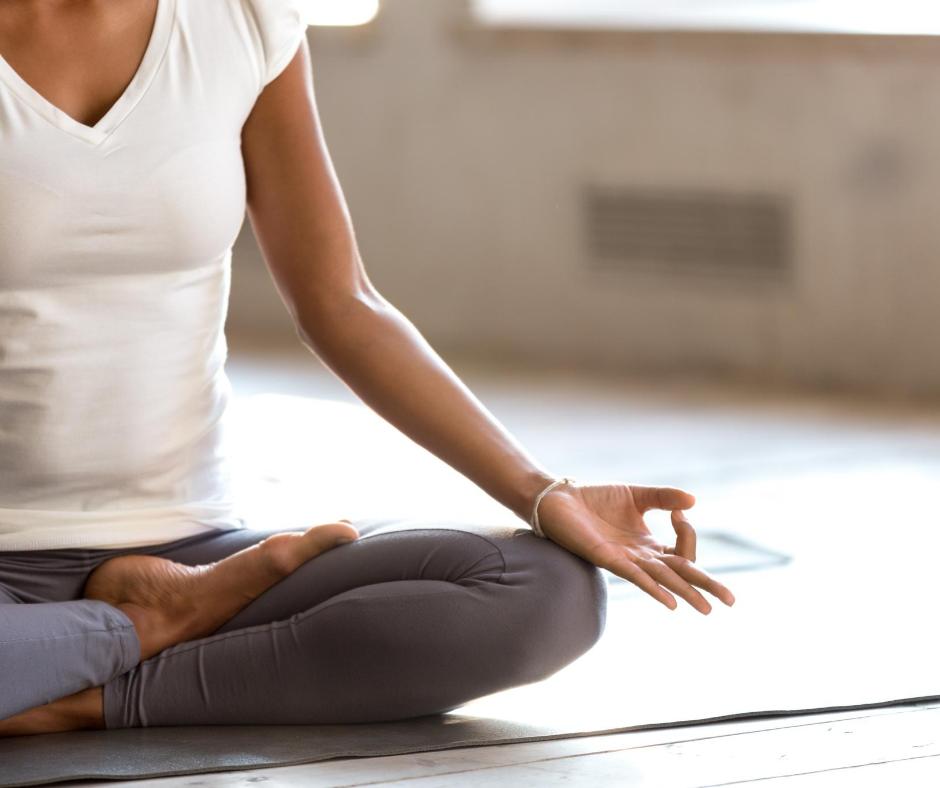What’s This Research About?
Mind-body practices, such as yoga, have been proposed as a possible treatment for generalized anxiety disorder (GAD) due to the fact that the practices focus on reducing the feeling of worry by fostering mindfulness and decreasing physical symptoms of stress.
The goal of this study was to examine the efficacy of Kundalini Yoga in reducing symptoms of GAD. The secondary objective was to explore possible mechanisms for why Kundalini yoga was effective in treating GAD. It is believed that yoga exerts an effect on autonomic nervous system functioning by increasing the activity of the parasympathetic nervous system and decreasing the sympathetic nervous system.

TITLE: Kundalini Yoga for Generalized Anxiety Disorder: An Exploration of Treatment Efficacy and Possible Mechanisms
PUBLICATION: International Journal of Yoga Therapy
DATE: November, 2018
AUTHORS: Gabriel MG, Curtiss J, Hofmann SG and Khalsa SBS
Generalized anxiety disorder (GAD): GAD is a neuropsychiatric condition characterized by excessive and persistent worrying that is difficult to control. It can include physical symptoms such as increased fatigue and muscular tension, among others. GAD affects more than 3 million people every year, and it is twice as common in women as it is in men.
Kundalini Yoga: A style of yoga taught by Yogi Bhajan that emphasizes breathing techniques and meditation exercise in addition to physical postures and movements.
Kriyas: Specific sequences of exercise and/or breathing meditations practiced in Kundalini Yoga.
Autonomic nervous system: The system that regulates bodily functions, largely without conscious control. The two main branches are the parasympathetic nervous system and the sympathetic nervous system.
Parasympathetic nervous system: This is the rest and digest system that works to slow heart rate while increasing gastrointestinal activity.
Sympathetic nervous system: This is the fight, flight or freeze response system. Activating this system results in increased heart rate, blood pressure and sweating.

